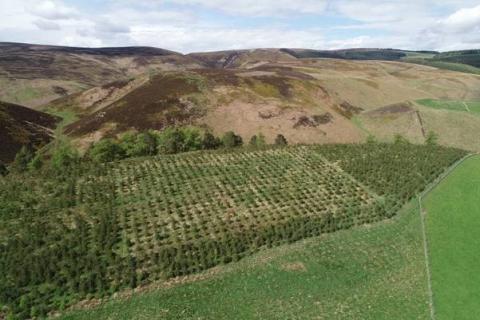The global context
Globally, Scots pine is the most widely distributed pine and is found throughout all of Eurasia, growing across a diverse climatic range and from sea level to over 2600 metres altitude. Its genetic diversity is immense – and even within the few remaining Caledonian pine forests here in Scotland the genetic diversity is high. This should help pine to adapt to our changing climate, but given the speed of climate change and the tiny remaining area of this forest, can it adapt quickly enough?
Forests are dynamic systems which naturally shift around the landscape, but the isolation of many of our remaining Caledonian forest fragments hampers movement of species as well as genetic mixing and is likely to make adaptation to climate change much harder without active intervention. Couple this with the increasing threats from pests and diseases, along with ongoing pressures from grazing which can prevent young trees from establishing, and we have a problem. The grazing has been around for a long time and ‘overgrazing’ can relatively easily be addressed given appropriate action. But there is still much research to be done to understand and utilise the potential within our native Scots pine genetic diversity to adapt to changing climatic conditions into the future.
Our research addresses the critical need to better understand how to address these increasing threats, particularly in the context of the big push for major forest expansion in so many parts of the world. Across Europe there have been considerable efforts made to conserve the genetic diversity of tree species including pine (through a collaborative platform called EUFORGEN) to help protect these species into the future. There is also active creation of ‘native woodland networks’ to focus restoration and expansion and reconnect isolated forests, to help species move and adapt to rapid climate change.
For more information please contact Alison Hester or Jenni Stockan.


